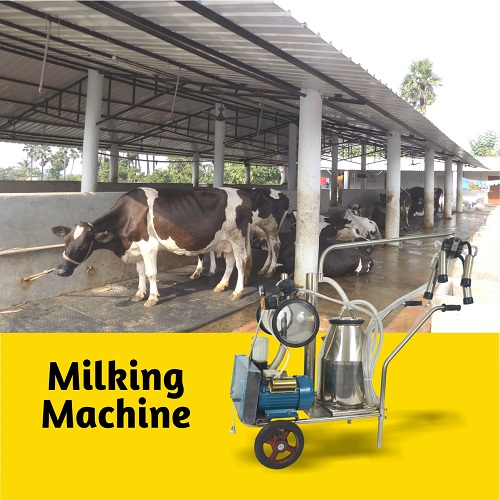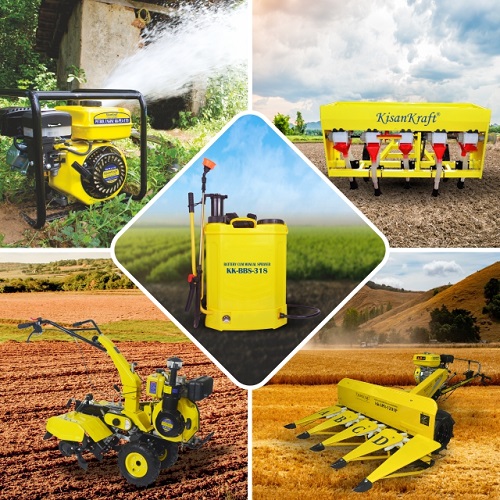Water Scarcity in Agriculture: Predicting, Preventing and Protecting
Food grain production in India, in 2016-17, was 271.98 million tons. However, by 2020, the country’s farmers need to produce 300 million tons, to meet the ever-growing demand for food. Indian agriculture largely depends on the monsoon and so far, there is 10 percent deficiency in rainfall. Although IMD predicts normal rainfall for August and September, Skymet predicts that monsoon will weaken further and affect the production of cereals, pulses, oilseeds, etc. Changes in cropping, land-use patterns, over-exploitation of groundwater, irrigation and drainage have modified the hydrologic cycle in many climate regions and river basins of India.
Rainfall is erratic and even when overall rains are ‘normal’, distribution of rainfall might be ‘abnormal’ in timing, geographic reach, and quantum distribution. Such natural inconsistency affects our agricultural production, and thus impacts the GDP and rate of inflation.
Recently the government has announced that the extent of losses due to drought, land degradation and desertification is 2.54 percent of the GDP (~2.7 lakh crore rupees). Following are a few suggestions to mitigate the impact of ever-dynamic monsoon:
Efficient water management
We need to reduce the dependency on monsoon by replacing surface and flood irrigation etc. by Micro, sub-surface or sprinkler irrigation. Mulching should be promoted to reduce evaporation losses. Farmers tend to give excess irrigation whenever he has surplus water, many times at the cost of another farmer e.g. people at the tail-end of a canal. Farmers must be educated about the negative effects of excess irrigation. Farm ponds should be made mandatory, especially in drought-prone areas. Canals’ lining should be mandatory to avoid water loss through seepage. Small check-dams and water-retention ponds on government lands, based on the topological surveys, should be constructed all over India. If better roads are the reflections of a developed country, better canals are the reflections of a solid agricultural economy. It will be great if we construct one km of well-lined canals for every km of road constructed.
Weather forecast system
We need a lot more and better-equipped weather observatories in India for better forecasting. Utilizing weather satellites and more ground stations and improving our modeling and disseminating weather forecast at the block level would better assist farmers. It will perhaps narrow the gap in the forecast between IMD and Skymet. IMD is targeting to increase AWS and ARS 5-8 times by 2021.
Climate-resilient varieties
Better cultivars will always be critical to agricultural adaptation. For example, now climate-resilient rice varieties are being promoted and disseminated by the Stress-tolerant Rice for Africa and South Asia (STRASA) project in India. According to Seednet, rice varieties released by STRASA captured 27% of the total order for the 2017 Kharif season. Both flood and drought-tolerant varieties like Swarna-Sub1, Samba- Sub1, Sahbhagi Dhan and DRR42, are in the top 10. KisanKraft is developing and promoting Aerobic Rice – which reduces water consumption by over 50%, reduces GHG emissions, and has the same yields.
Package of practices
Educating farmers to adapt the recommended package of practices alone would increase farm productivity and income. Practices like summer plouging, crop rotation, green manuring, fine tillage, proper spacing, timely inter-cultivation, weeding, fertilizer, pesticide application, and harvesting should be done by adapting current scientific methods. For example, India utilizes around 170 kg of fertilizer per hectare of arable land, whereas the USA consumes only 130 kg per hectare, but has better productivity. While applying the fertilizer or pesticide “which form, when, and how” are also equally important along with “how much”. Application of the recommended quantity of compost is also another practice that must be re-adapted by farmers. In case of rice, a crop that covers 28% of the irrigated land, some of the special practices like AWD and SRI can be adapted to save water and increase yield.
Farming by businesses
Currently, businesses in India are not allowed commercial cultivation of non-plantation crops. Farmers have much lower risk-taking capacity and they will be more inclined to change their practices by observing the successes of another system in their neighborhood. The government cannot have enough model farms. Allowing businesses to cultivate will bring advanced scientific practices to villages.
There is no ‘one-size-fits-all-solution’— many ideas must be tried, but we need to move beyond subsidies and financial assistance for agricultural distress in the country.




